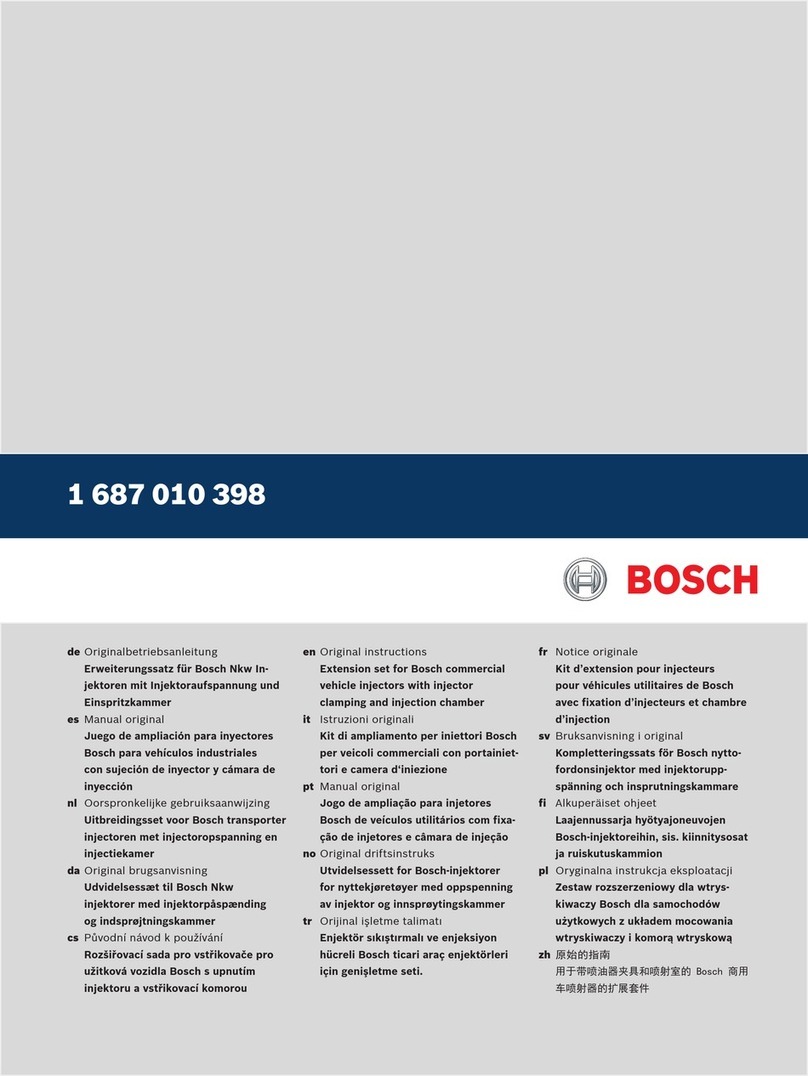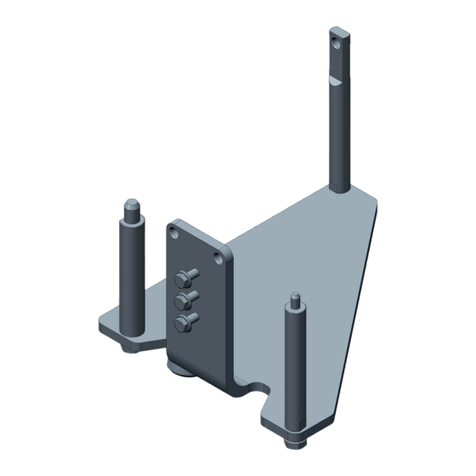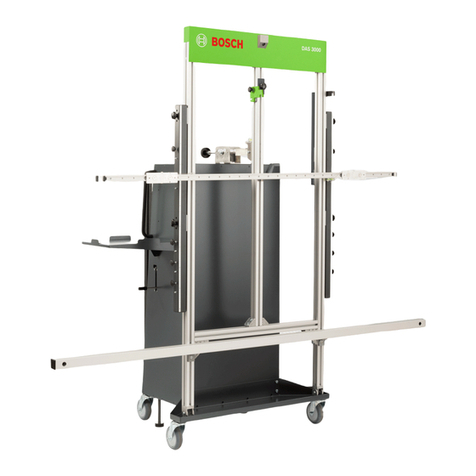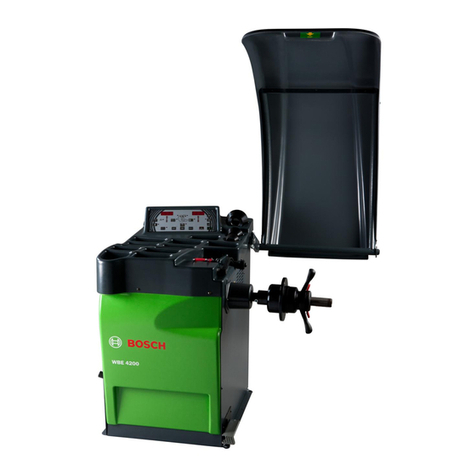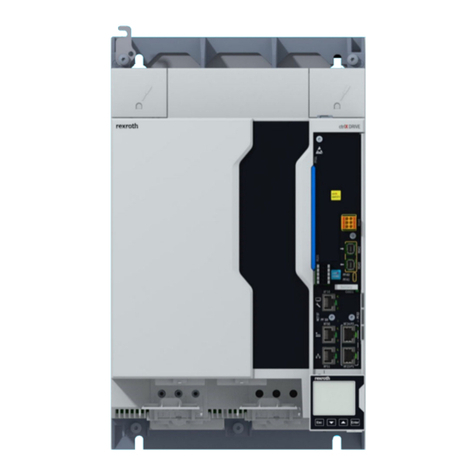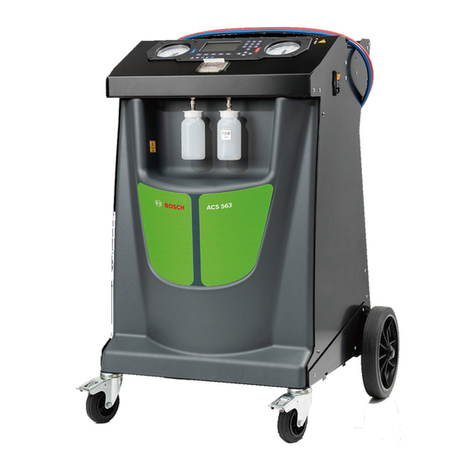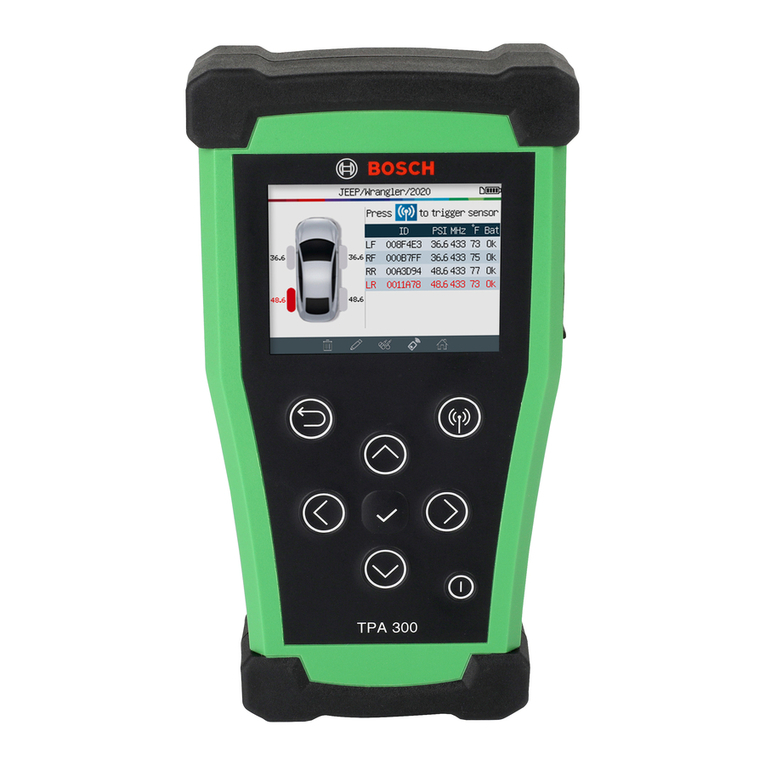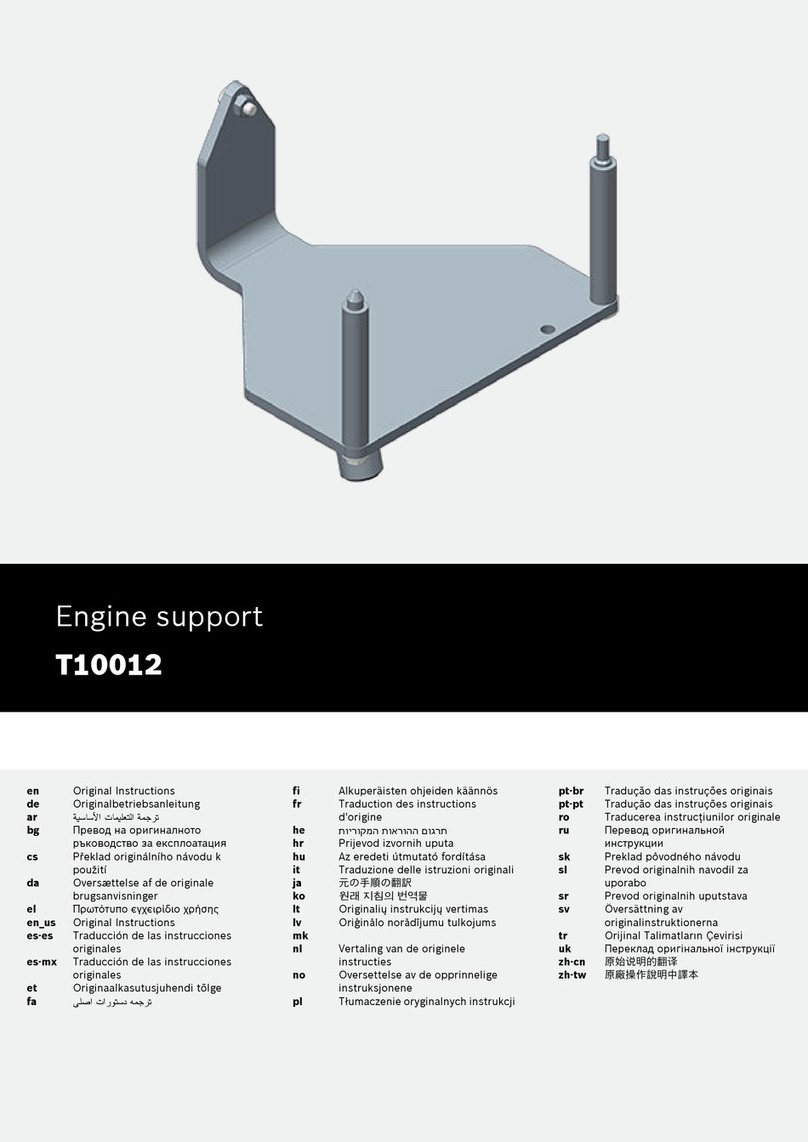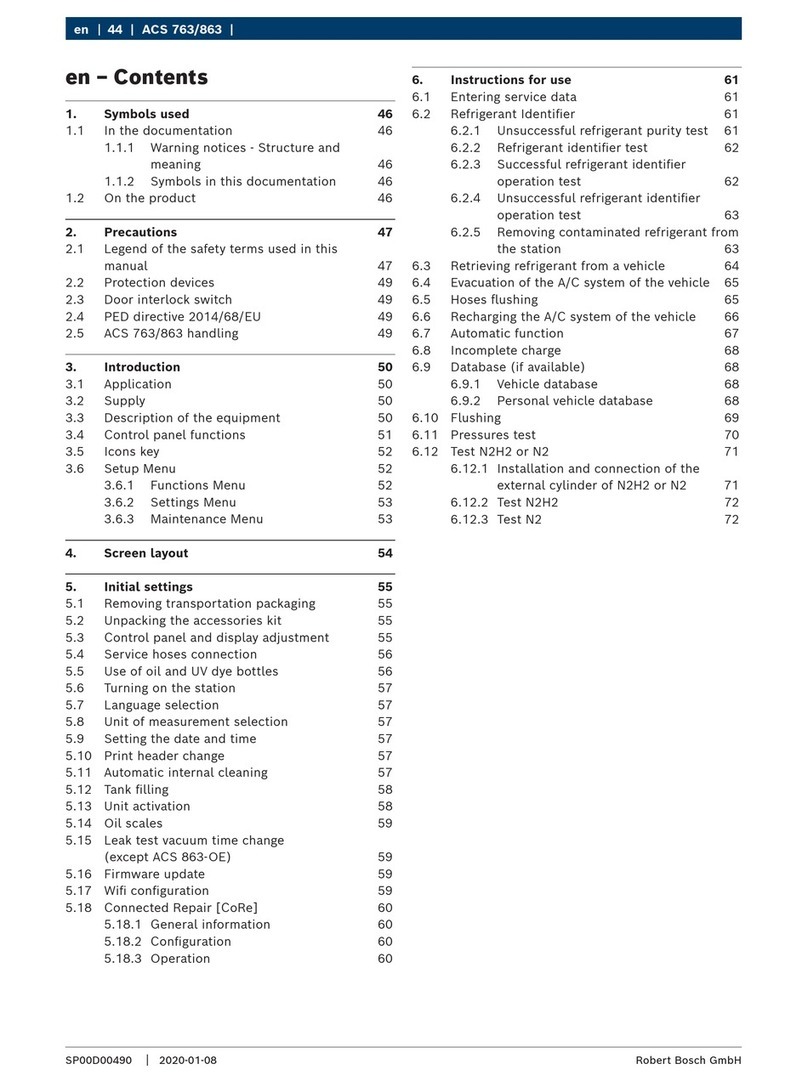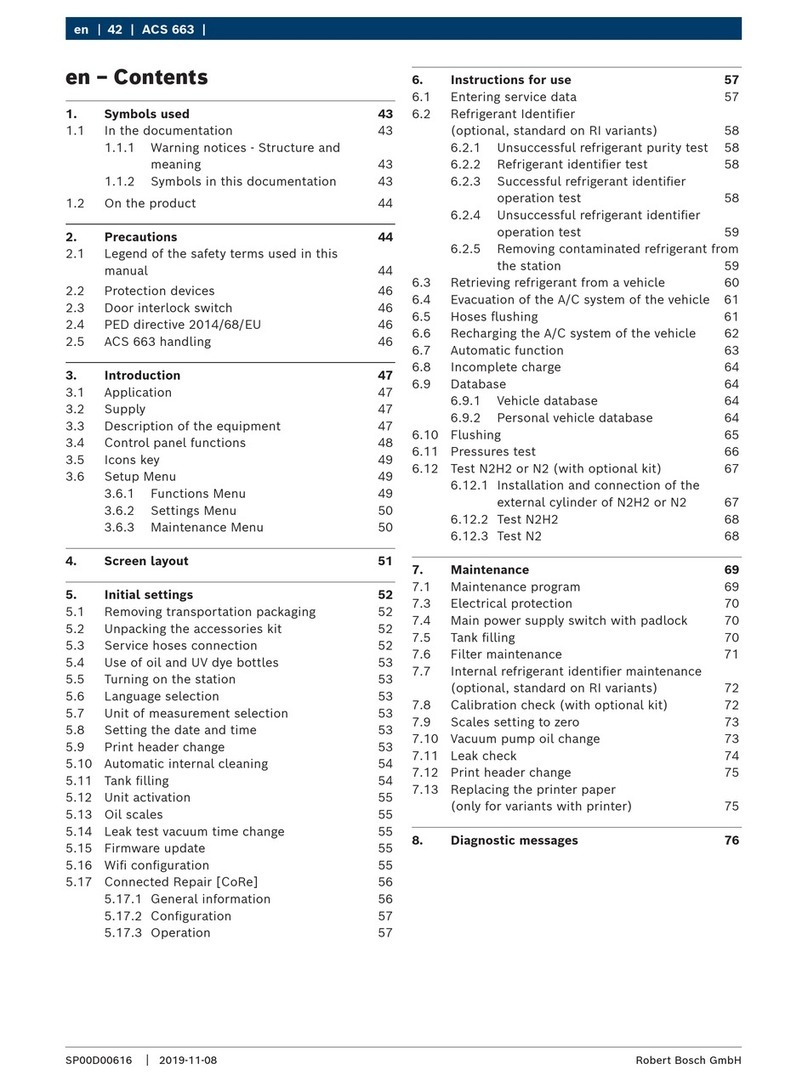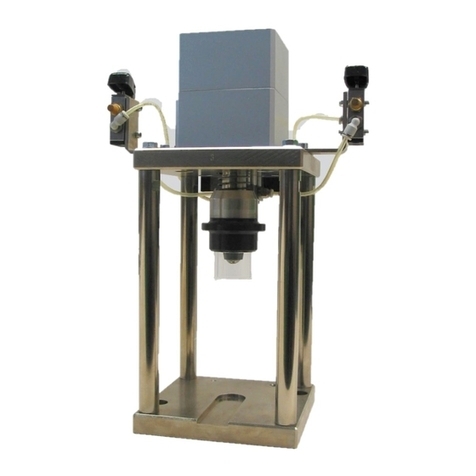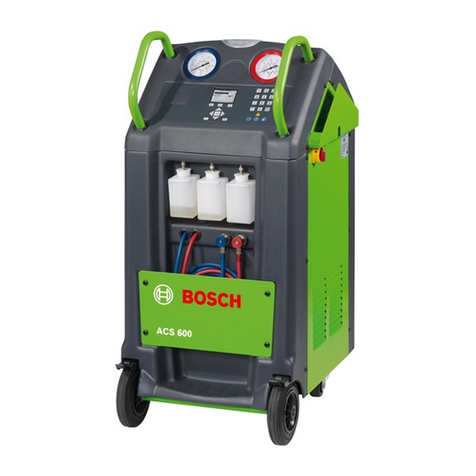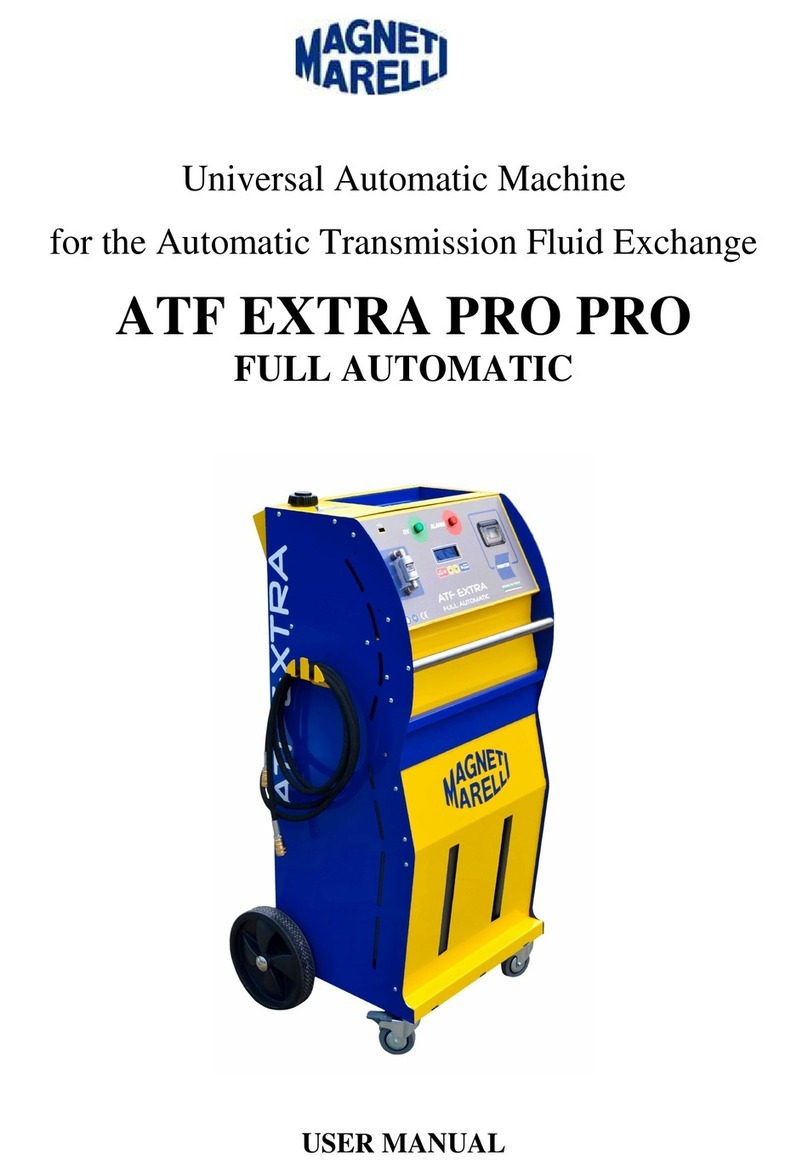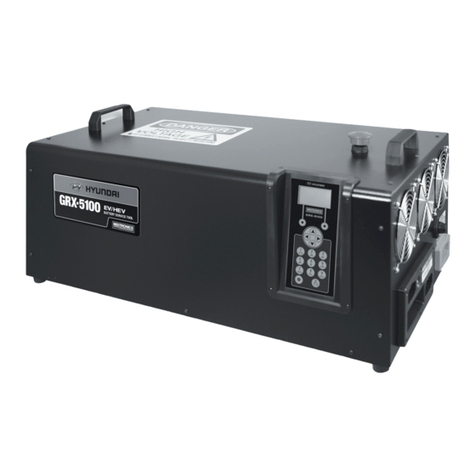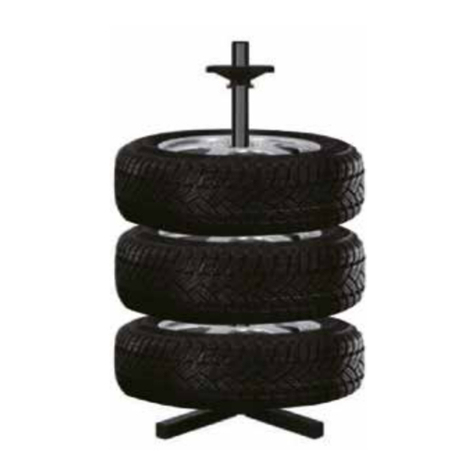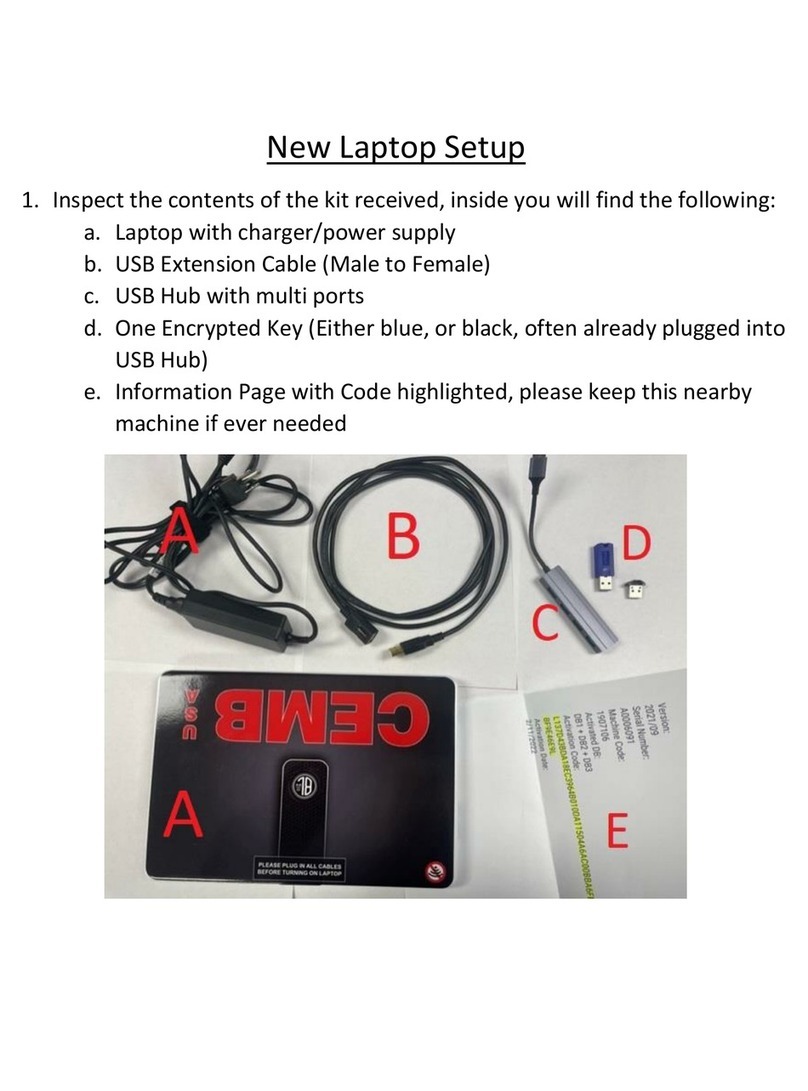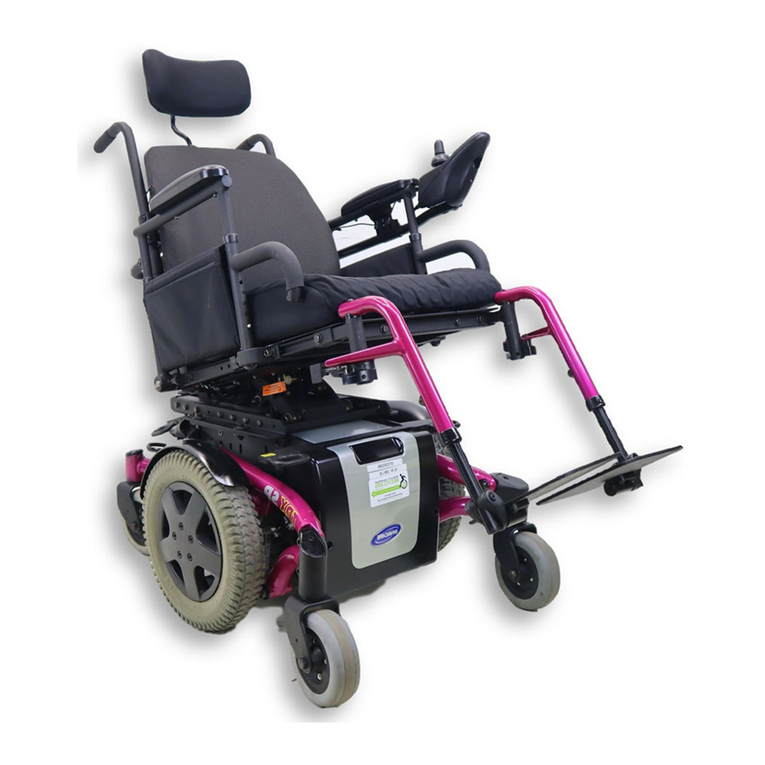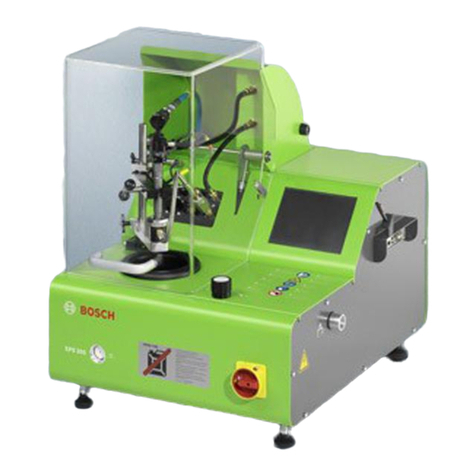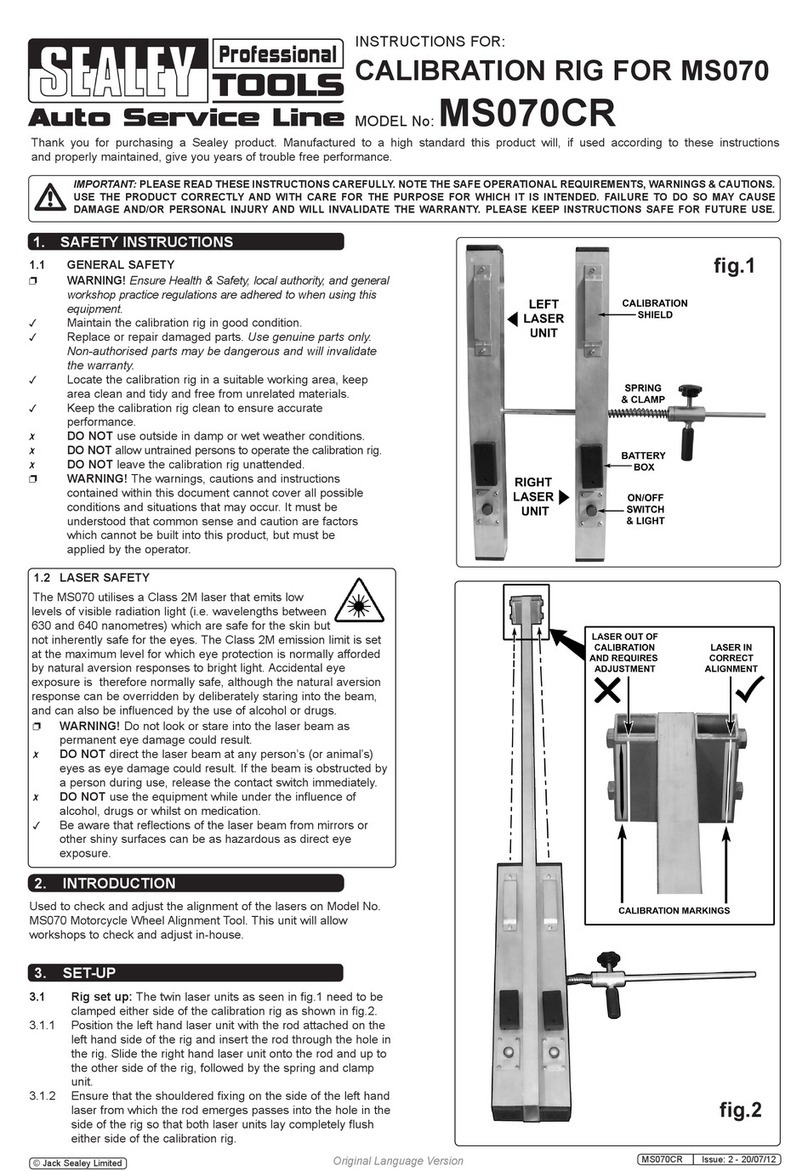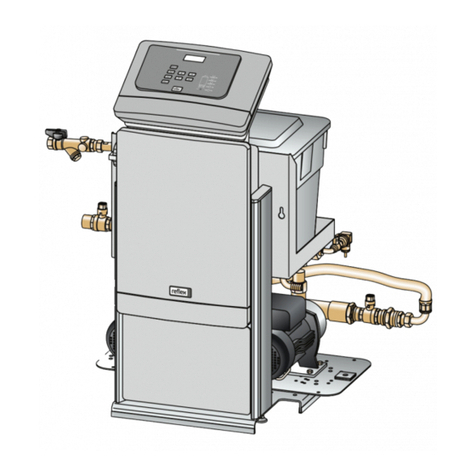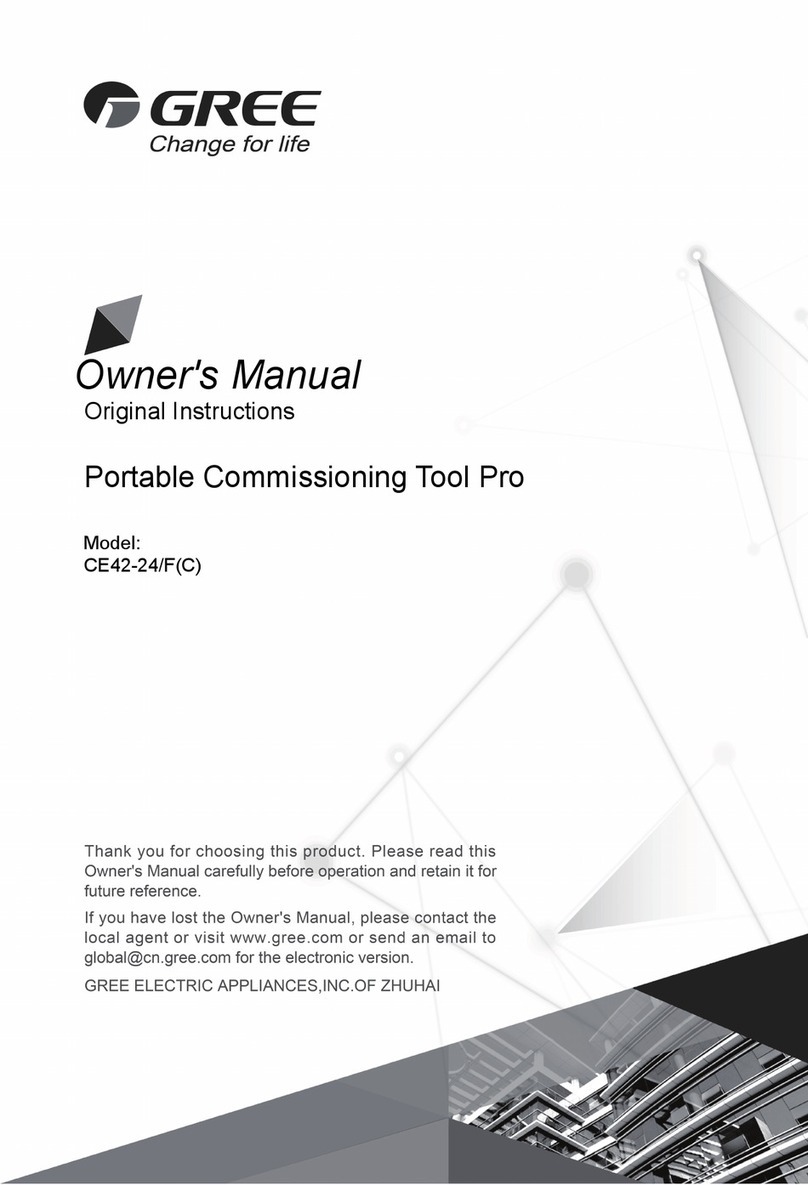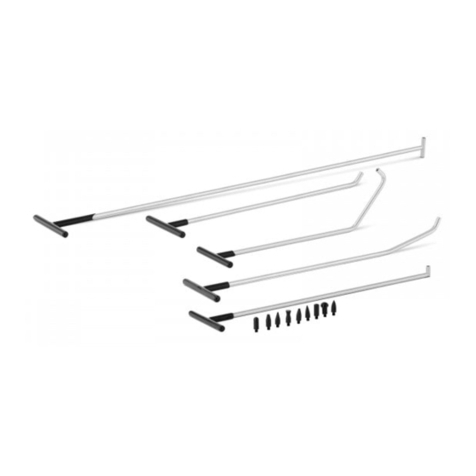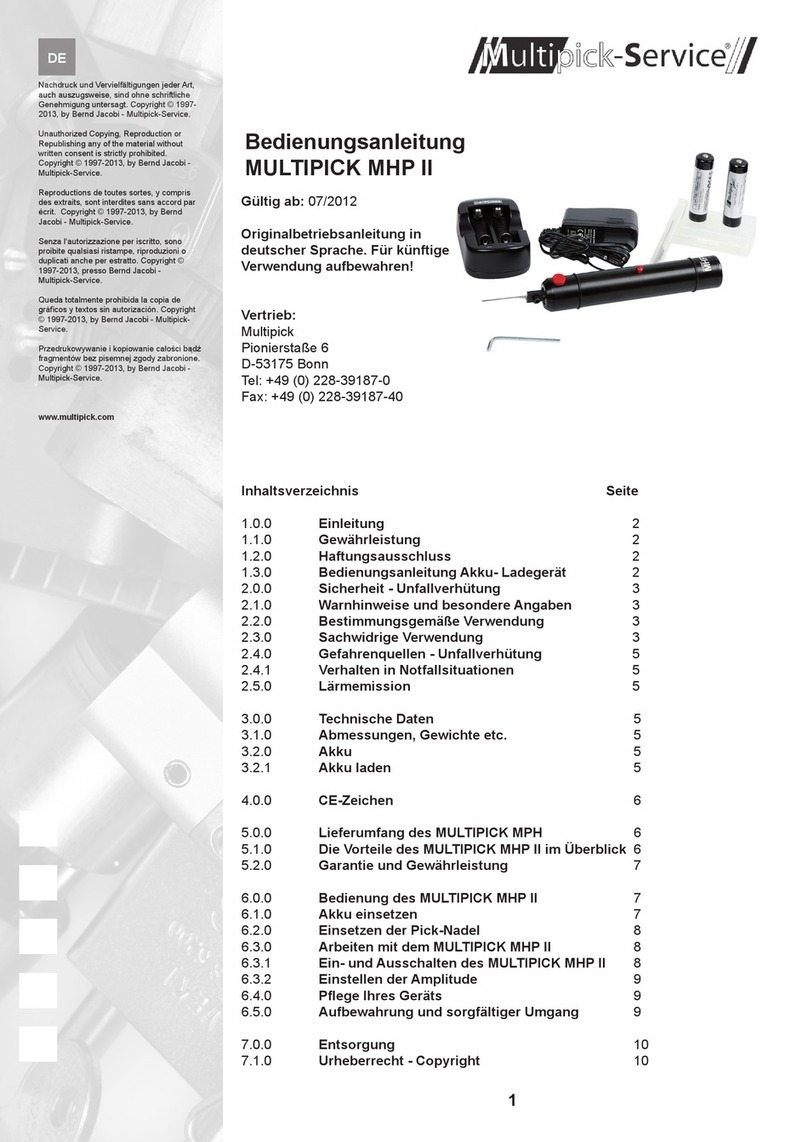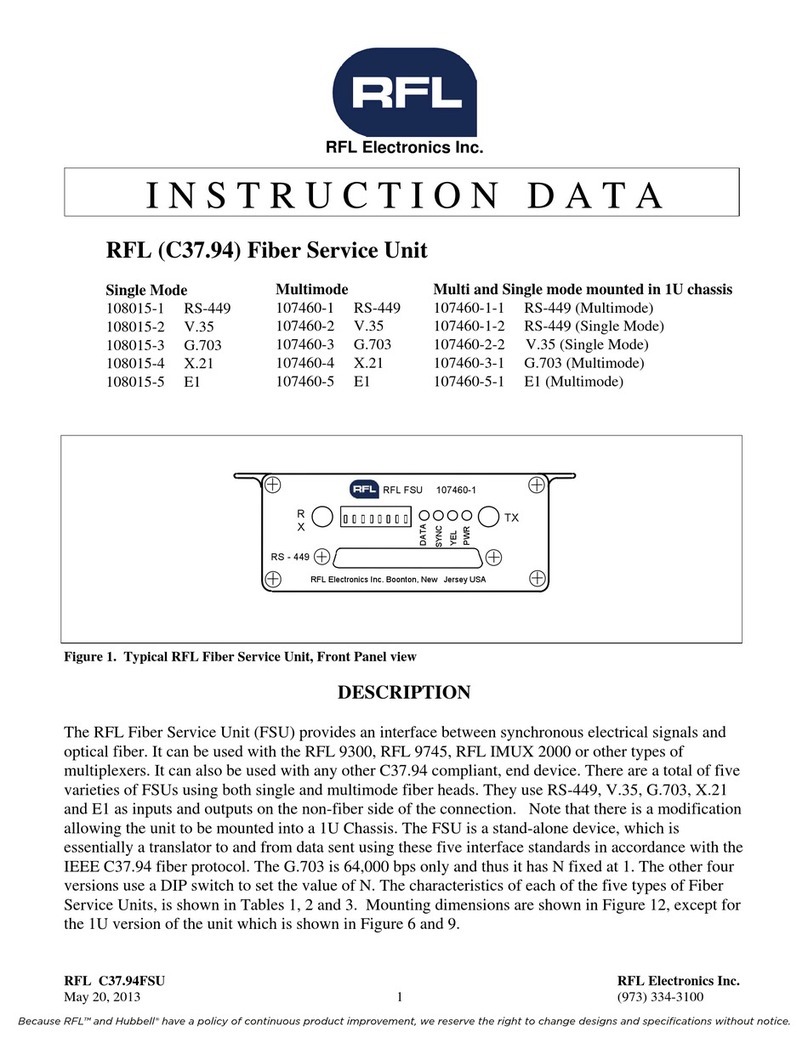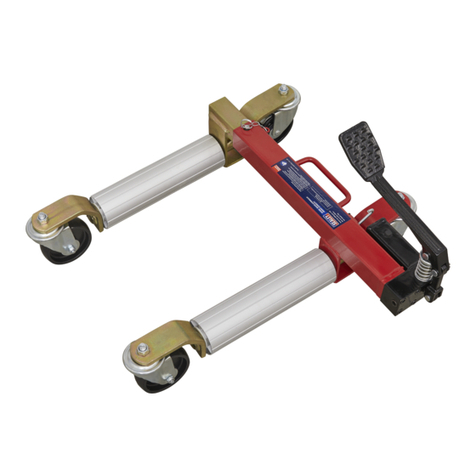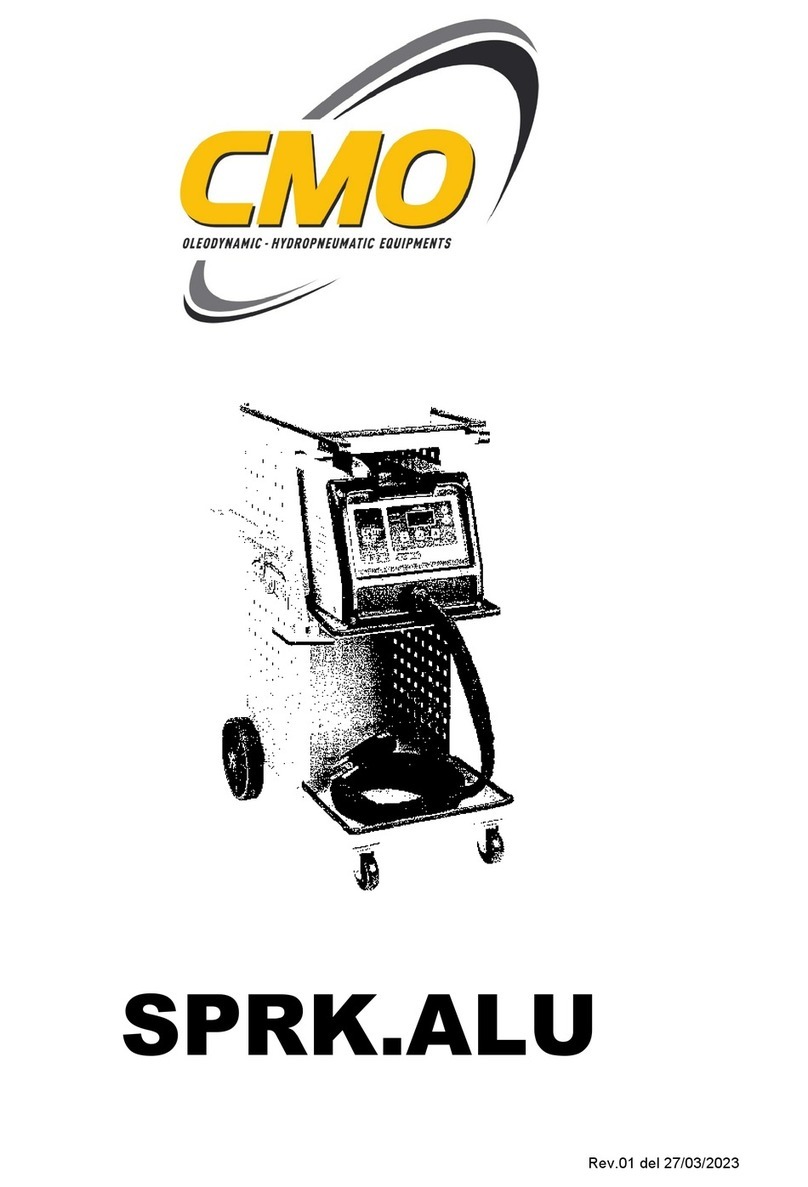
1 689 975 252 2019-05-15|Robert Bosch GmbH
Safety regulations | ACS 511 | 5 en
4. Safety regulations
!Always carefully read and observe all the safety regu-
lations before using the Bosch product.
¶Wear safety goggles.
¶Wear safety gloves.
4.1 Handling refrigerant R134a
Avoid all skin contact with the refrigerant.
The low boiling point of the refrigerant (ap-
prox. -30 °C) can lead to frostbites. Should
it nevertheless come into contact with the
skin, remove any moistened clothing imme-
diately and rinse the affected skin with copi-
ous amounts of water.
RR134a is colorless, has a weak intrinsic odor and is
heavier than air. It displaces oxygen and may flow
into repair pits. Should refrigerant escape (malfunc-
tion), always ensure adequate ventilation and air
extraction (especially in pits). Exit the workshop.
Never inhale refrigerant and oil vapors. The
vapors can irritate the eyes, nose and respi-
ratory system. If liquid refrigerant comes
into contact with the eyes, rinse them thor-
oughly with water for 15 minutes. Then ob-
tain medical help even if no pain is felt.
RBefore connecting the ACS 511 to a vehicle air con-
ditioning system or an external refrigerant cylinder,
make sure the quick-release couplings are not leak-
ing.
ROnly ever use external refrigerant cylinders provided
with safety valves and certified in line with the ap-
plicable standards.
RBefore switching off the ACS 511, make sure all fill-
ing and drainage operations have been completed.
This prevents refrigerant escaping into the environ-
ment.
Do not use compressed air with R134a.
Some air mixtures with R134a are highly
flammable. Such mixtures are a potential
hazard and may lead to fire or explosions
and thus cause damage or injury.
RRefrigerant extracted from a vehicle air conditioning
system may be contaminated with moisture, lubri-
cant, dirt and traces of other gases.
RR134a is not to be used in areas in which there is a
danger of explosion. Fire, naked flames and smok-
ing are prohibited. Welding and soldering are not
permitted.
RHigh temperatures and UV radiation may chemically
separate the R134a. The resultant products cause
coughing and nausea.
RR134a is not to be mixed with other refrigerants.
The mixing of refrigerants can damage the vehicle air
conditioning system.
4.2 Handling UV dye
Never inhale UV dye. The vapors can irritate the
eyes, nose and respiratory system. If UV dye
comes into contact with the eyes, rinse them
thoroughly with water for 15 minutes. Then
obtain medical help even if no pain is felt.
RAvoid all skin contact with the UV dye. Should it nev-
ertheless come into contact with the skin, remove
any moistened clothing immediately and rinse the
affected skin with copious amounts of water.
RNever swallow UV dye. If swallowed inadvertently,
never attempt to induce vomiting. Drink copious
amounts of water and obtain medical help.
4.3 Working on the vehicle
If high-voltage components or high-voltage
wires are inexpertly handled, there is a risk of
fatal injury from high voltages and the possi-
ble transmission of current through the body.
RDe-energization is only to be performed by a quali-
fied electrician, a qualified electrician for specific
tasks (hybrid), or a power systems engineer.
RWork on vehicles with high-voltage components is
only ever to be performed in a safe, de-energized
condition by persons with the minimum qualification
"Trained to perform electrical work".
REven after deactivating the high-voltage vehicle
electrical system, the high-voltage battery may still
be live.
RThe operating condition cannot be established from
any running noise, as the electric machine is silent
when stationary.
RIn gear positions "P" and "N" the engine or electric
motor may start spontaneously depending on the
charge of the high-voltage battery.
RNever open or damage high-voltage batteries.





